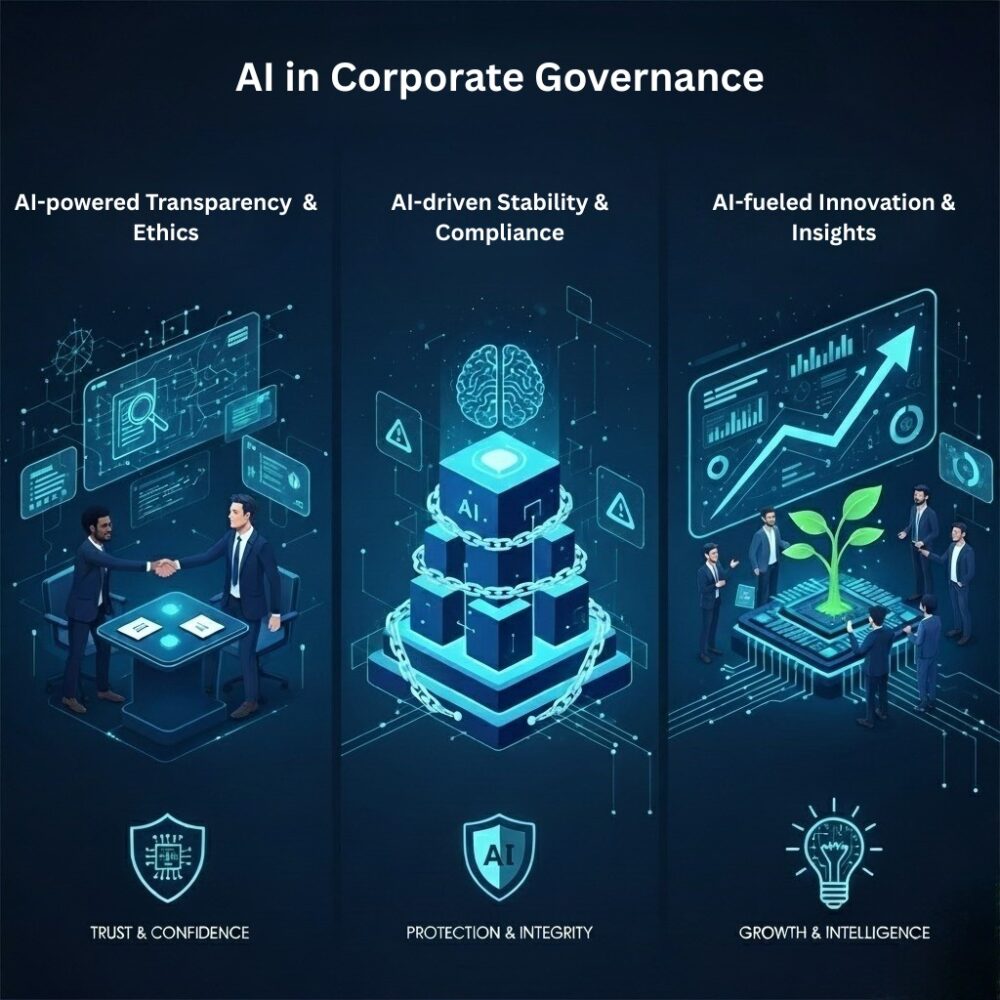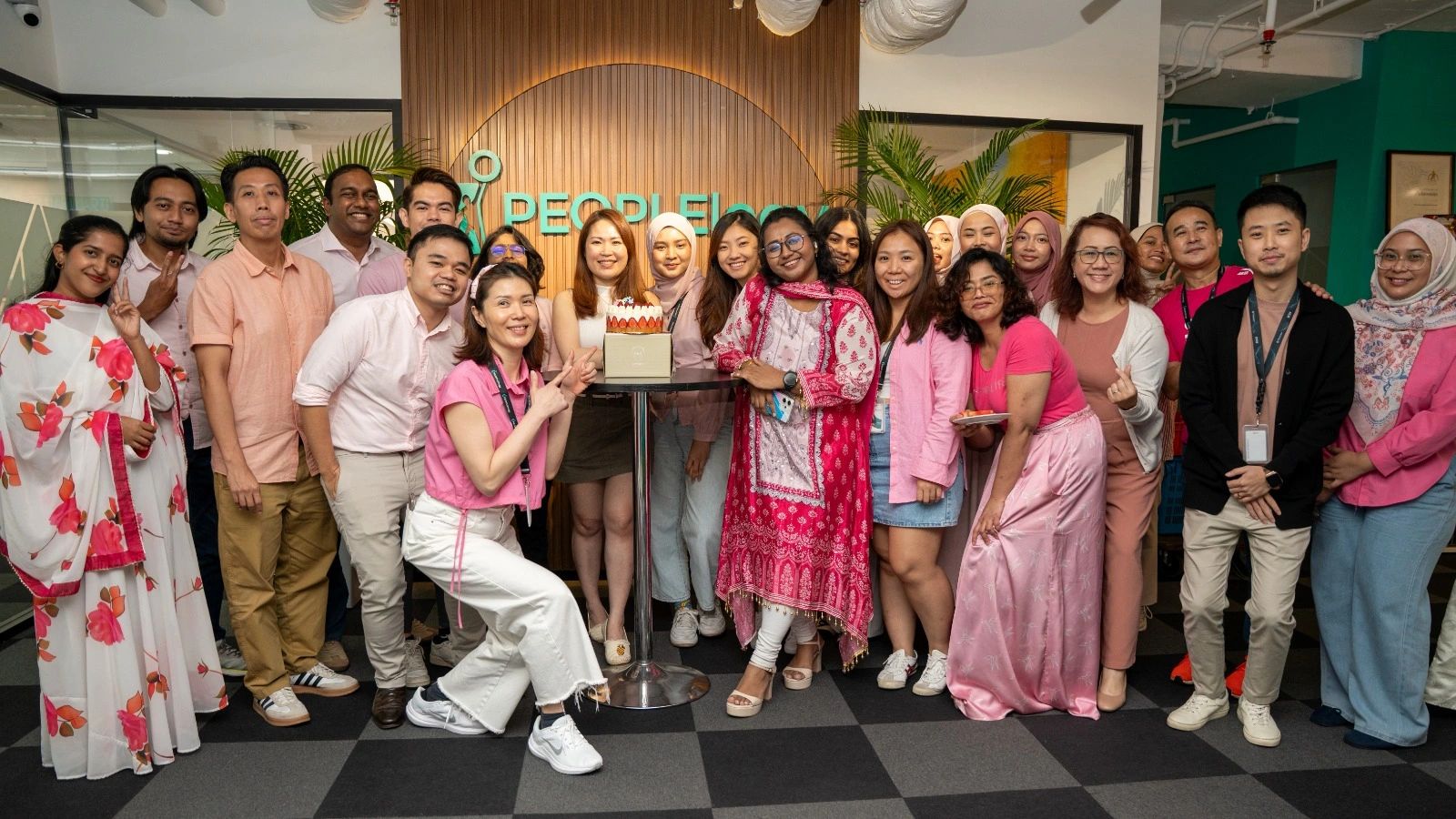Artificial intelligence has been the talk of the town for years now, and its popularity is showing no signs of slowing down. Organisations globally are undergoing a major shift in their workforce transformation efforts, particularly by upskilling and reskilling their current workforce to meet the needs of an AI-driven market.
While a survey by Ipsos AI Monitor 2025 reveals that over three out four Malaysians express contentment about the prospects of embracing AI, the perception from employers about being confident in finding talent that is AI-savvy paints a different reality. According to the 2024 Accelerating AI Skills Report by AWS, 81% of Malaysian employers struggleto find the AI talent they need, despite 90% of employers prioritising skills in this field.
With 600,000 Malaysians expected to upskill and reskill over the next three years, the Malaysian government is stepping in to continue innovating our workforce and ensuring that our workforce is not left behind in the AI race. From upskilling to reskilling initiatives to strengthened social protection programmes. One of the government’s most notable initiativesinclude establishing the MyMAHIR Future Skills Talent Council (FSTC), to align worker’s skills and knowledge with the industry of their choice.
As leaders and key decision makers of an organisation, there are several measures you can take to prepare your current workforce to work alongside AI. While it may take years to find a vast talent pool that is proficient in AI, you can do their bid to bridge the digital skills gap and start building a resilient, future-ready workforce internally today.


Let’s look at these key areas in greater detail:
1. Prioritise AI Literacy Across All Roles
AI isn’t just for specified roles such as data scientists and engineers. Every employee, from the C-suite to the front lines, needs a foundational understanding of what AI is, how it works, and how it can be used ethically and effectively in their daily tasks. By providing comprehensive AI literacy programmes, you demystify the technology and build confidence, which is a crucial first step for any successful workforce transformation initiative.
2. Conduct a Skills Gap Analysis
It’s important to assess the competence level of your current workforce in terms of their mastery level of AI. Consider using a tool such as the AI Readiness Index (AIRI) to identify existing skills and benchmark them against your future business needs.
This will allow you to pinpoint specific skill gaps and create tailored learning pathways that address your organisation’s unique challenges and goals. This data-driven approach is the bedrock of strategic workforce transformation.
3. Invest in a “T-shaped” Workforce Strategy
This approach combines deep technical expertise (the vertical line of the “T”) with broad, cross-functional knowledge (the horizontal line).
By upskilling and reskilling a mix of AI specialists and generalists who understand how to apply AI in various business contexts, you build a versatile team that can drive innovation from multiple angles. This strategic investment in a “T-shaped” workforce transformation model ensures that your organisation is agile and adaptable.
4. Embrace Human-AI Collaboration
The goal is not to replace humans with AI, but to empower them. Guide your employees to use AI as a powerful co-pilot. For instance, show customer service teams how AI-powered chatbots can handle routine queries, freeing them up to focus on more complex, high-value tasks that require emotional intelligence and critical thinking.
When employees see AI as a partner that streamlines their work and adds value, they are more likely to embrace this shift in workforce transformation.
5. Cultivate a Culture of Continuous Learning
The world of AI is moving fast. To keep pace, you need to embrace a mindset of pursuing growth and learning into your organisational culture. Encourage experimentation in low-risk “sandbox” environments and celebrate small wins.
Consider partnering with external providers that offer professional certificationsin key areas such as Generative AI and Data Science to ensure your workforce is equipped with the latest, most industry-relevant skills.
This focus on continuous learning is perhaps the most critical component of a successful workforce transformation. It ensures that your team remains relevant and competitive, ready to tackle the challenges for the future.
Partner with a people development provider today to address the AI talent shortage
The journey to a future-ready workforce doesn’t have to be a solo mission. Partnering with a dedicated people development provider can accelerate your workforce transformation, giving your team the specialized training and certifications needed to thrive.
By leveraging expert guidance, you can build a culture of continuous learning and effectively bridge the AI talent gap, turning a challenge into your greatest competitive advantage.





